


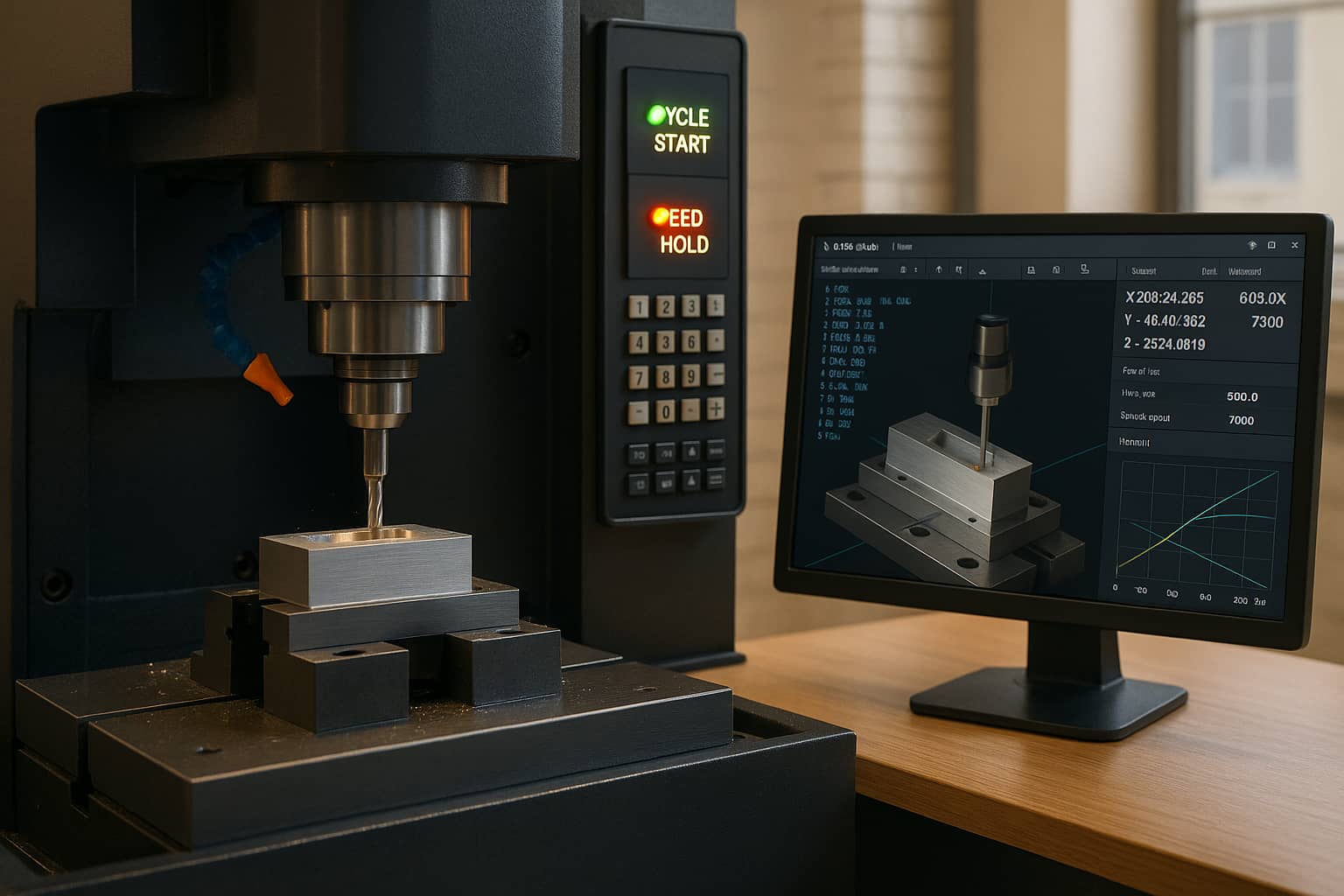
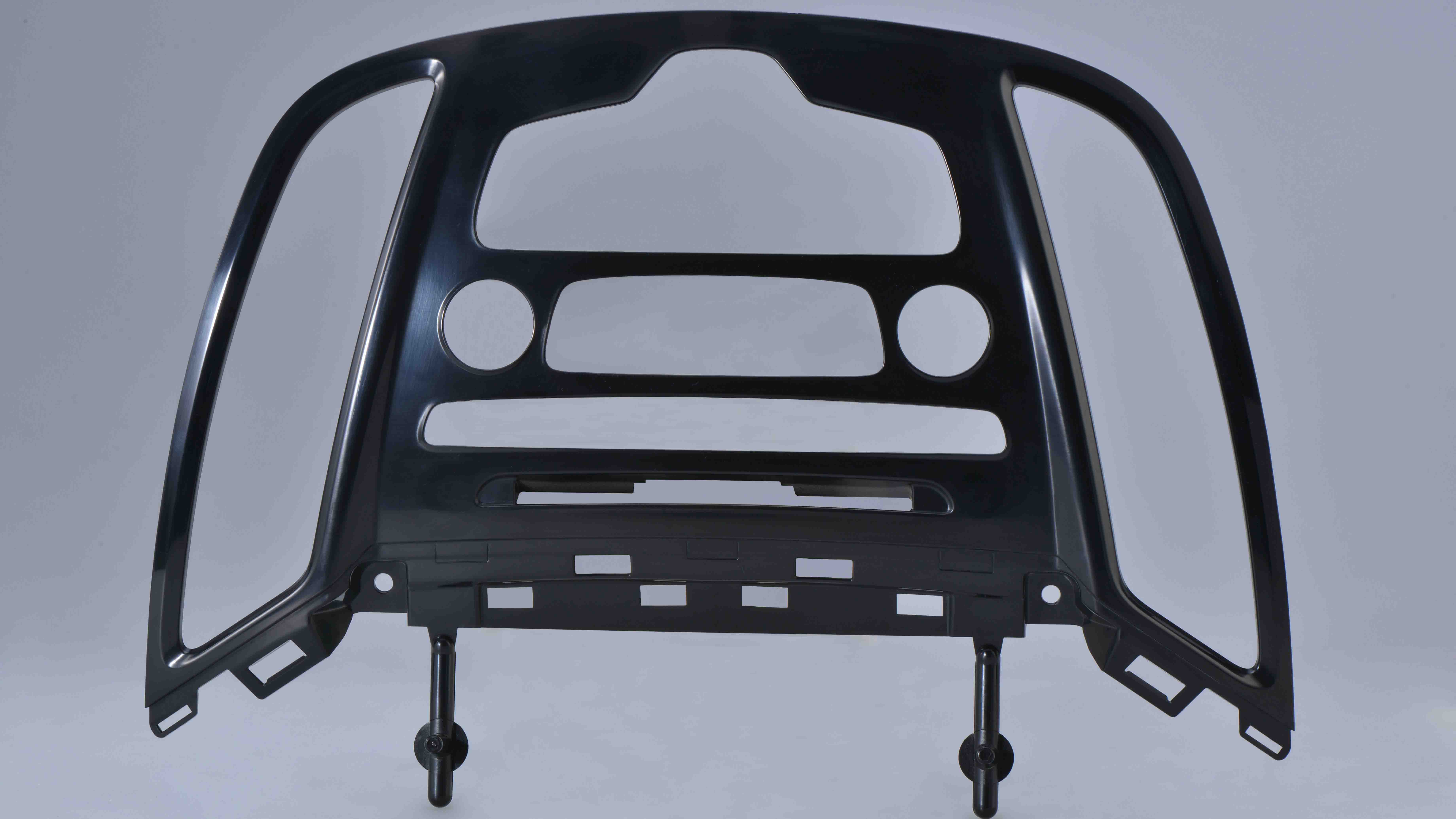
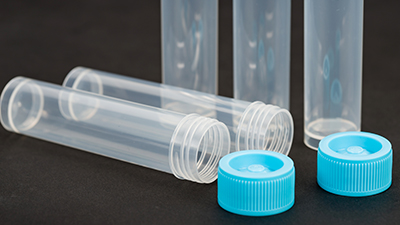
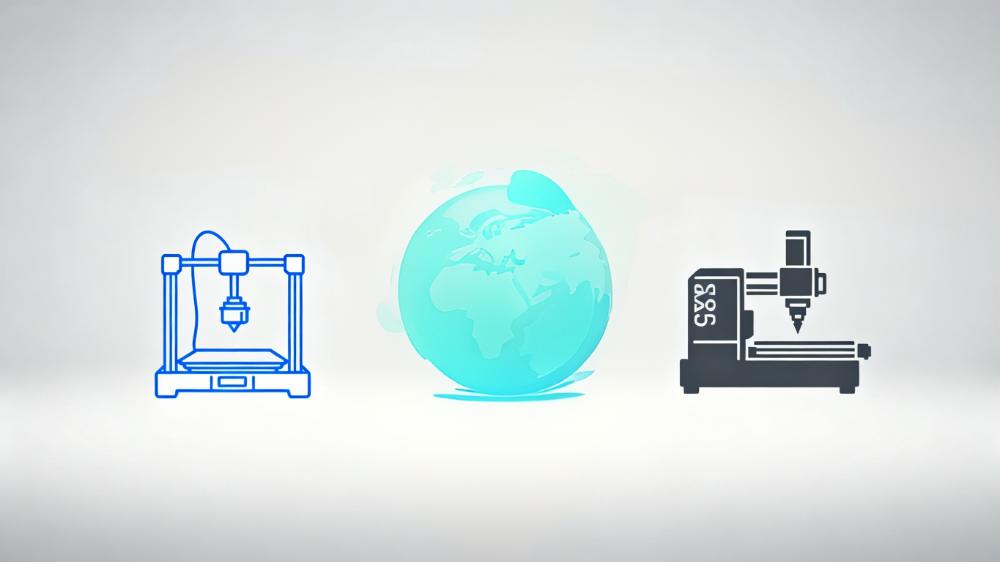
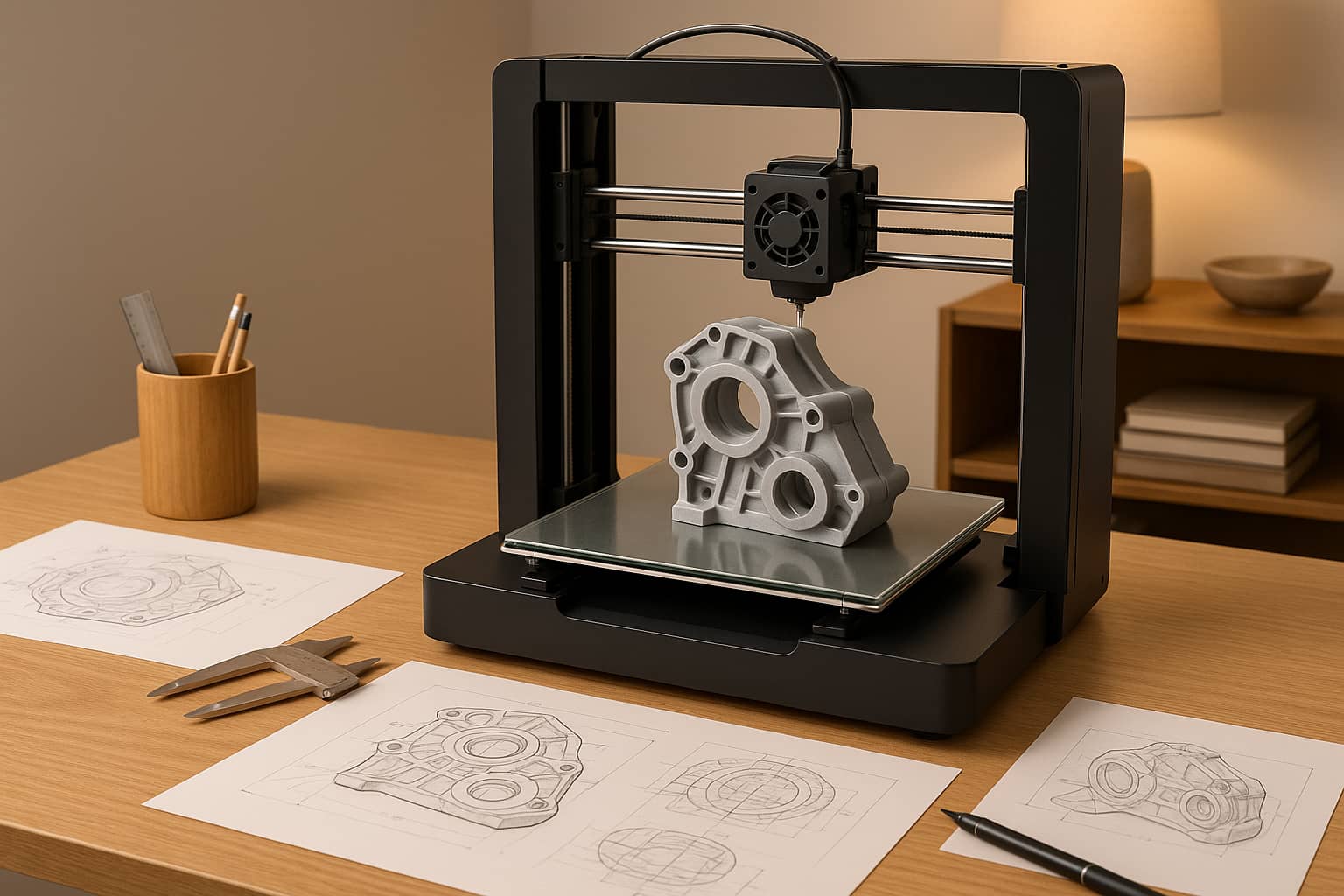
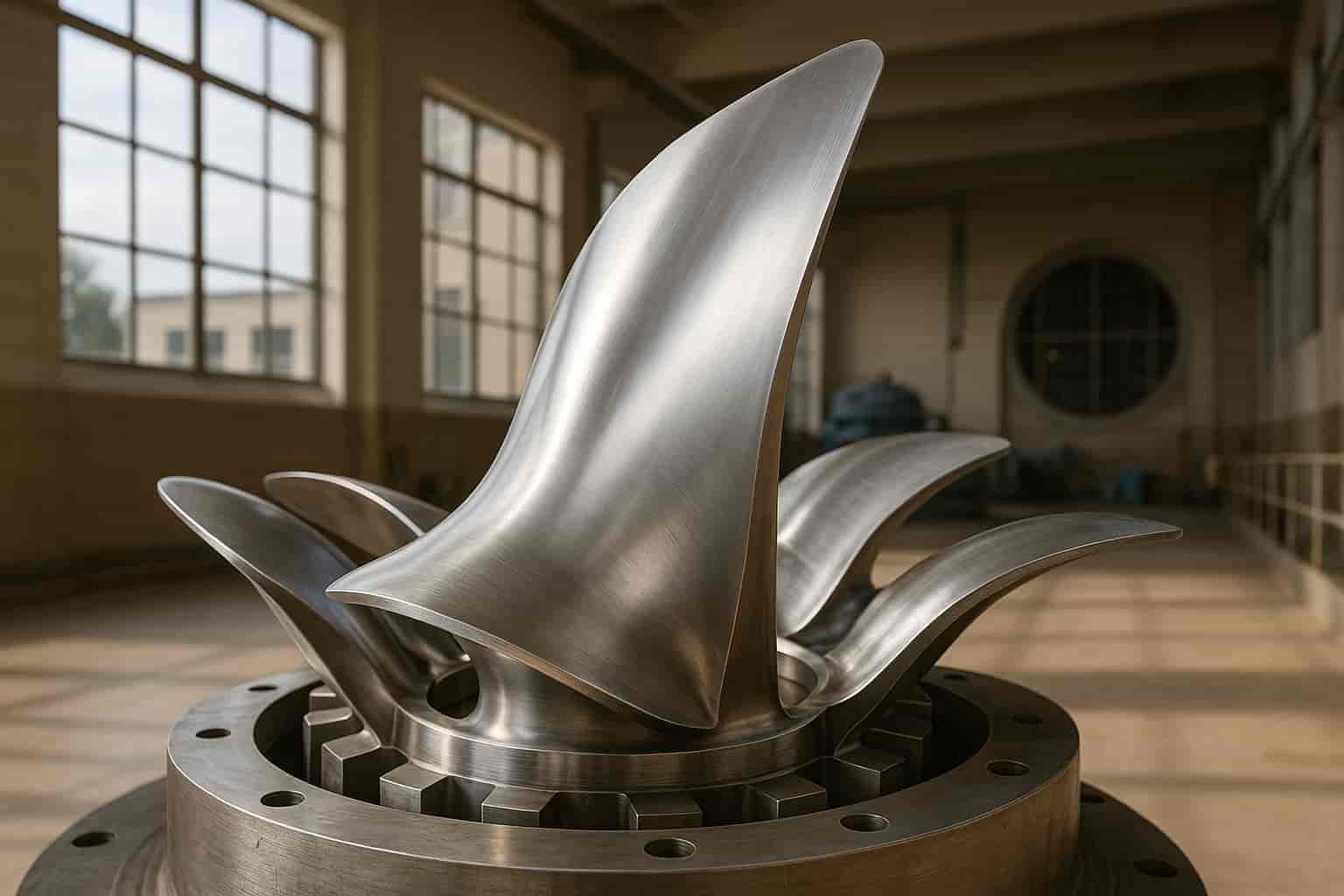
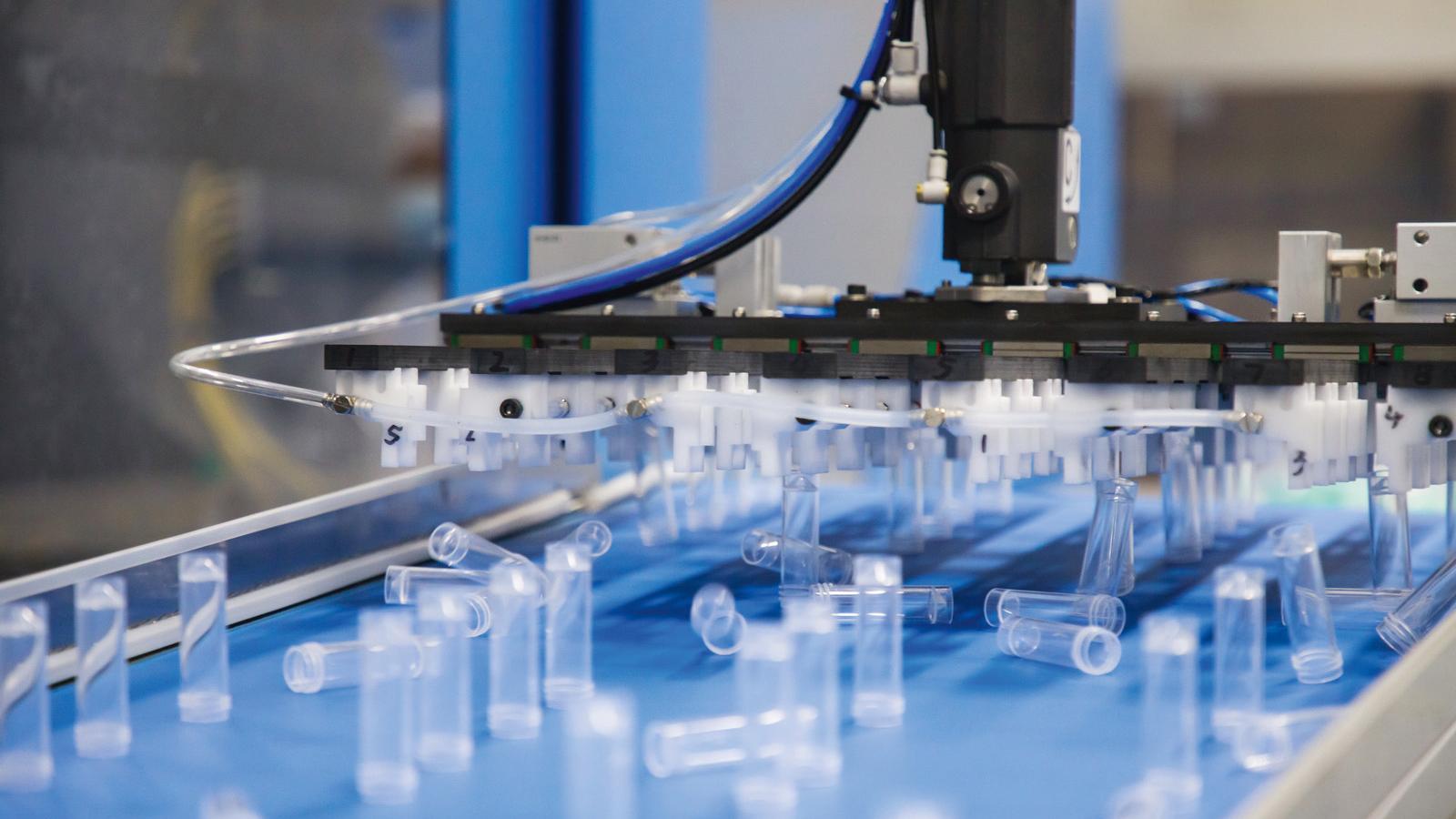
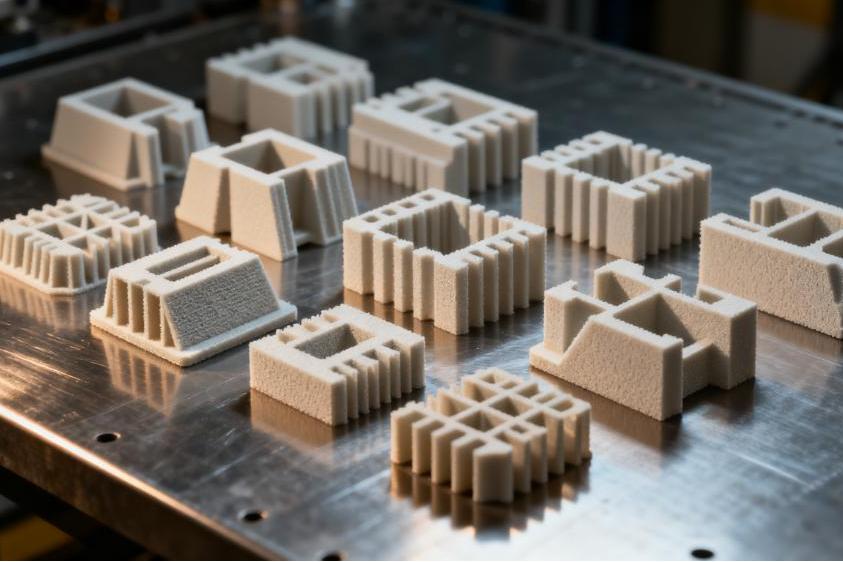
Designing sheet metal prototypes for cars involves turning flat metal sheets into functional components like body panels, chassis parts, and engine bay elements. This process ensures designs meet performance, safety, and manufacturing standards before full production. Key steps include:
Prototypes help engineers refine designs, test materials, and address manufacturing challenges early, saving time and costs. Working with an experienced prototyping service ensures smoother transitions from design to production-ready components.
Sheet metal prototyping involves turning flat sheets of metal into three-dimensional car parts using processes like cutting, bending, forming, and joining. Guided by CAD models, automated equipment shapes raw materials into functional prototypes. These prototypes closely mimic the properties and performance of final production parts, giving engineers a chance to test and refine designs before committing to expensive tooling and large-scale production.
Unlike traditional methods that rely on costly dies and moulds, prototyping uses flexible tools and programming. This makes it faster and more economical to produce small batches of parts. Engineers can iterate and test designs in just days instead of waiting weeks or months - a huge advantage when developing new vehicle platforms or adapting to updated safety and performance standards.
Prototyping also allows engineers to test metal alloys under real-world conditions. They can assess factors like corrosion resistance, formability, and weld quality using automotive-grade materials such as high-strength steel and aluminium. These hands-on tests provide insights that computer simulations can't fully capture.
Additionally, prototyping helps identify potential production issues - like springback or challenging weld joints - early in the design process. With these challenges addressed upfront, engineers can fine-tune designs before moving to final production.
Now, let’s explore how sheet metal prototyping plays a role in different car components.
Sheet metal prototyping is essential for various automotive components, providing valuable design validation across several areas:
The growing focus on lightweighting in the automotive industry has further expanded the importance of sheet metal prototyping. Engineers use prototypes to test advanced materials, experiment with new forming techniques, and refine weight-saving designs - all while maintaining safety and performance standards.
Turning sheet metal design concepts into functional automotive prototypes involves a detailed process that balances engineering requirements with manufacturing possibilities. This approach ensures the final prototypes align with automotive standards for performance and safety.
The journey starts with defining clear project requirements. These include dimensions, load capacities, environmental conditions, and compliance with automotive regulations. For example, crash safety standards, corrosion resistance, and compatibility with existing vehicle systems are critical for automotive components.
The concept development phase begins with sketches and basic calculations to explore potential design directions. Engineers focus on part geometry, assembly methods, and possible manufacturing challenges. This stage is about narrowing down the most viable ideas before diving into detailed CAD modelling.
CAD modelling is where concepts take shape. Software like SolidWorks, Catia, or Autodesk Inventor is used to create detailed designs. These tools help engineers account for material behaviour during forming processes, automatically calculating factors like bend allowances, relief cuts, and flat patterns to ensure accuracy during production.
When designing, engineers must integrate essential features like proper bend radii (usually 1-2 times the material's thickness for automotive parts), relief cuts to prevent tearing, and flanges that can be formed without overstretching or wrinkling.
Modern CAD tools also allow for design simulations, enabling engineers to test forming operations virtually. These simulations help identify potential issues like springback, thinning, or wrinkling, allowing early adjustments before physical prototyping begins.
Once the digital model is validated, the next step is choosing the right materials and manufacturing methods.
Material selection plays a huge role in how the prototype performs and how feasible it is to manufacture. Automotive-grade materials need to balance strength, weight, and formability while meeting cost considerations.
The choice of material thickness also matters. Prototypes often use standard thicknesses to save on costs and lead times.
The manufacturing method directly impacts the quality, cost, and timeline of the prototype. Here’s how some common methods stack up:
Selecting manufacturing methods that mimic production processes ensures prototypes provide accurate insights into design feasibility and performance.
Once the prototype is built, rigorous testing ensures it meets design specifications and performs as intended.
Prototypes must also comply with automotive standards. This might involve crash testing for structural parts, vibration testing for brackets, or electromagnetic compatibility testing for electronics.
The process doesn’t stop there. Iterative refinement is key - test results guide design tweaks, and new prototypes are built until all performance and manufacturing requirements are met. Keeping detailed records of material performance, design solutions, and challenges ensures smoother transitions to production and aids future projects.
Balancing strength and weight in automotive sheet metal prototypes is a challenge that demands smart design and careful material selection. Modern vehicles require components that can handle heavy loads while staying lightweight to enhance fuel efficiency and overall performance.
Achieving stronger sheet metal prototypes isn’t just about using thicker materials; it's about using clever design techniques to reinforce the structure without adding unnecessary weight.
Take ribbing and beading, for example. Adding ribs increases bending stiffness by redistributing material away from the neutral axis, boosting strength without making the component heavier. Similarly, flanges and hem edges strengthen the perimeters of panels - areas that are often weak points - significantly improving both edge strength and rigidity. These techniques are commonly used in parts like door panels to enhance durability and safety.
Another effective approach is shaping flat sheets into three-dimensional forms. Curved surfaces, such as those found on car bonnets or roofs, naturally resist buckling better than flat ones. Features like embossed louvers, dimples, or raised sections can also provide localised stiffness, which helps with vibration damping and even heat dissipation.
Material selection plays a crucial role. Advanced high-strength steels (AHSS) allow engineers to create thinner yet stronger components, reducing weight without compromising performance. Tailored blank technology takes this a step further by combining different material grades and thicknesses in a single component. This ensures that areas needing extra strength are reinforced, while less critical regions remain lightweight. These strategies not only improve the prototype’s performance but also pave the way for precise testing through computer simulations.
Once the design is refined, Finite Element Analysis (FEA) comes into play. This powerful tool lets engineers simulate how a component will perform under real-world conditions, helping them optimise strength and weight before building a physical prototype.
FEA’s structural analysis capabilities allow designers to simulate forces, pressures, and moments acting on a part. This helps identify stress concentrations, deflections, and possible failure points, guiding necessary design adjustments. Topology optimisation takes it further by suggesting where material can be added or removed, often leading to lighter and stronger designs.
Forming simulations are another critical step, predicting how the sheet metal will behave during manufacturing. These simulations help spot issues like thinning, wrinkling, or springback, which could compromise the final product. Fatigue analysis adds another layer of assurance, estimating how many load cycles a part can endure before cracks begin to form, ensuring it meets the rigorous demands of automotive use.
Modern FEA tools also incorporate multi-objective optimisation algorithms, allowing designers to balance competing goals, such as reducing weight while maximising strength. With features like parametric studies, engineers can quickly test how changes in dimensions or material properties affect overall performance. Access to comprehensive material databases ensures that these simulations closely match real-world conditions, making FEA an indispensable part of the design process.
Selecting the right manufacturing method for your car sheet metal prototype is key to staying on schedule and within budget. Each technique has its own strengths and drawbacks, so understanding which method suits your needs is vital for achieving the desired results.
Over the years, manufacturing techniques for sheet metal prototypes have advanced significantly. Today’s automotive prototyping often blends traditional and modern methods to meet the precision and quality standards demanded by contemporary vehicle designs.
Laser cutting is known for its precision and speed, particularly when working with thinner materials. It’s ideal for creating intricate shapes and tight tolerances, making it a go-to option for components like brackets, mounting plates, and decorative trims. With minimal heat-affected zones, the material properties around cut edges remain intact. However, laser cutting struggles with materials thicker than 20mm and reflective metals like aluminium, which can pose challenges.
Waterjet cutting offers unmatched versatility, accommodating a wide range of material types and thicknesses. Unlike laser cutting, it doesn’t produce heat-affected zones, preserving the material’s integrity throughout. This method can handle everything from ultra-thin 0.5mm sheets to hefty 200mm plates. However, it’s slower and more expensive, especially for thicker materials.
CNC bending turns flat-cut blanks into three-dimensional shapes with remarkable accuracy. Modern press brakes can achieve bend angles within ±0.1°, making this method perfect for structural parts like brackets, housings, and frameworks. That said, precise springback calculations are essential, particularly when dealing with high-strength steels. This precision in bending often lays the groundwork for welding, a critical step in assembling prototype components.
Welding techniques vary depending on the application. TIG welding offers excellent control and is ideal for critical joints, while MIG welding is better suited for faster production of non-critical parts. Spot welding, often used for overlapping sheets, closely replicates production processes and remains a standard in the industry.
Here’s a quick comparison of these methods based on key factors to help you make an informed choice:
| Method | Precision | Cost | Material Compatibility | Speed | Best Applications |
|---|---|---|---|---|---|
| Laser Cutting | High (±0.1mm) | Moderate | Limited by thickness/reflectivity | Very Fast | Thin sheets, intricate parts, brackets |
| Waterjet Cutting | Very High (±0.05mm) | High | Universal compatibility | Moderate | Thick materials, no heat-affected zones |
| CNC Bending | Good (±0.1°) | Low-Moderate | Most sheet metals | Fast | 3D forming, structural components |
| TIG Welding | Excellent | High | All weldable metals | Slow | Critical joints, thin materials |
| MIG Welding | Good | Moderate | Most steel/aluminium | Fast | General assembly, thicker sections |
| Spot Welding | Good | Low | Steel, some aluminium | Very Fast | Overlapping joints, production-like setups |
Cost considerations go beyond just the price tag of the method itself. Laser cutting often strikes a balance between speed and precision, making it cost-effective for smaller production runs. Waterjet cutting, while pricier, ensures top-notch quality when material integrity is critical. CNC bending may involve upfront tooling costs, but it becomes more economical for projects requiring multiple parts with similar bends.
Material compatibility is another crucial factor. For example, high-strength automotive steels work well with laser cutting up to 12mm thickness. Beyond that, waterjet cutting is often a better choice for preserving edge quality. Aluminium, due to its reflective nature, can be tricky for lasers but is easily handled by waterjet cutting.
Speed is also a deciding factor in prototype development. Laser cutting can produce complex parts in a matter of minutes, making it ideal for rapid design iterations. Waterjet cutting, while slower, often eliminates the need for secondary operations like deburring. CNC bending’s efficiency depends on the complexity of the part and the number of bends required. Weighing these factors ensures your chosen methods align with your goals for a durable and cost-effective prototype.
For automotive projects, Mastars offers sheet metal prototyping services that integrate these manufacturing methods seamlessly. Their approach combines rapid CNC machining with advanced forming techniques to deliver components that meet both functional and aesthetic standards while keeping costs in check.
Achieving successful prototypes means aligning the right manufacturing methods to your specific needs. Simple brackets might only require laser cutting and basic bending, while more complex structural parts may demand a combination of waterjet cutting, precision forming, and welding. Understanding these methods ensures clear communication with your manufacturing partner and sets realistic expectations for your project timeline.
When it comes to turning designs into reality, partnering with the right prototyping service can make all the difference. A skilled manufacturer doesn’t just meet technical requirements - they also understand the fast-paced timelines of automotive development. Choosing the right partner is a cornerstone of successful prototyping.
Clear communication is key. Your service provider needs to grasp more than just the technical specs - they need to understand your broader goals. Sharing details like design intent, performance expectations, and constraints early in the process can save time and prevent costly errors. Everyone needs to be on the same page to work towards a common objective.
The complexity of your project should guide your choice of provider. Some manufacturers specialise in basic services like cutting and bending, while others offer advanced capabilities such as forming, welding, and finishing. For example, a simple bracket may only require basic operations, but a complex body panel demands sophisticated equipment and highly skilled operators. Matching your project's needs with the provider's expertise ensures a smoother process.
This groundwork lays the path for exploring integrated prototyping solutions that bring together design, production, and quality control seamlessly.
An integrated prototyping service can simplify the entire process by managing all stages - from cutting to final assembly - under one roof. This approach eliminates delays and inconsistencies that often arise when parts are passed between multiple suppliers. It’s a more efficient way to ensure quality and meet tight deadlines.
By working with a single team, you reduce the complexity of your supply chain. Instead of juggling multiple contracts with different specialists, an integrated provider handles everything. This not only speeds up turnaround times but also ensures that each step in the process is optimised to complement the next.
Take Mastars as an example. They combine rapid CNC machining, sheet metal prototyping, and assembly services, offering automotive clients a streamlined experience. Their integrated approach allows for quick design changes mid-project without the hassle of renegotiating with multiple vendors. This flexibility is invaluable, especially when timelines are tight or modifications are needed.
Modern facilities equipped with Industry 4.0 technologies further enhance the process. These technologies improve precision, reduce setup times, and deliver consistent results - critical factors when your prototype needs to closely mimic production-level quality.
What’s more, an integrated provider can often support the transition from prototyping to full-scale production. Since they already understand your design and have established processes in place, scaling up becomes a smoother, more efficient journey.
High-quality prototypes rely on rigorous quality control at every stage of manufacturing. This starts with verifying materials and continues through processes like cutting, bending, and welding. Each checkpoint ensures that the prototype meets its specifications and prevents small errors from escalating into larger issues.
Automotive prototypes often require exceptionally tight tolerances. For instance, body panels may need to meet dimensional accuracy within ±0.5mm, while structural components might demand even stricter precision. Meeting these standards requires advanced measuring tools and well-documented processes to catch and correct deviations.
Material traceability is another critical factor, especially when prototypes are used for safety testing. Knowing the exact material lot, its mechanical properties, and its processing history ensures that test results accurately reflect production conditions. This traceability also proves invaluable if design adjustments are needed based on testing outcomes.
Prototypes also provide opportunities for learning and improvement. When something doesn’t work as expected, it’s not just about fixing the issue - it’s about understanding why it happened and how to avoid it in the future. For example, if a prototype fails a strength test, quality records can help pinpoint whether the failure stemmed from design flaws, material issues, or variations in manufacturing. This feedback loop informs the next iteration, whether it involves tweaking the design, choosing different materials, or refining production methods.
Documentation plays a crucial role in this process, particularly in the automotive industry. Detailed records of material sources, processing parameters, inspection results, and deviations from procedures are essential. Not only do they support regulatory compliance, but they also provide the traceability needed for production validation as the design progresses.
Ultimately, a strong partnership with your prototyping service can transform them into an extension of your design team. When they combine technical expertise with robust quality systems, rapid iteration becomes possible, paving the way for successful development.
This guide has covered the essential steps for achieving success in sheet metal prototyping, particularly for automotive applications. Creating effective sheet metal prototypes requires striking a balance between technical accuracy and practical manufacturing needs.
Key to success is optimising both strength and weight. Features like ribs, flanges, and well-placed materials can improve durability without adding unnecessary bulk. Leveraging computer analysis tools allows designers to test and refine their ideas before moving to physical production, saving time and resources.
Selecting the right manufacturing methods - such as laser cutting, stamping, or hydroforming - ensures that production meets quality standards while staying efficient. Addressing potential manufacturing challenges early in the design process helps avoid expensive and time-consuming revisions down the line.
Partnering with an experienced prototyping provider, like Mastars, simplifies the process by consolidating design, CNC machining, and assembly into a single workflow. This integrated approach eliminates the hassle of coordinating with multiple suppliers, ensuring smoother transitions from concept to production-ready components.
Sheet metal prototyping comes with some clear advantages over traditional manufacturing, especially in the automotive world. For starters, it enables quicker production and comes with reduced costs - a big win for low-volume projects or when experimenting with new designs. This makes it a smart option for testing, tweaking, and refining ideas.
Another standout benefit is its design flexibility. With sheet metal prototyping, you can craft intricate shapes and make precise changes with ease. This level of adaptability not only supports customisation but also ensures prototypes meet exact requirements - critical when balancing strength and weight in car parts.
The material you choose for sheet metal prototypes in automotive applications significantly impacts both performance and cost. Aluminium and stainless steel are popular options due to their lightweight nature, durability, and resistance to corrosion. While these materials might come with a higher upfront price tag, they often pay off over time with lower maintenance needs and improved vehicle performance.
In contrast, mild steel offers a more budget-friendly alternative, reducing initial production costs. However, it may lead to higher long-term expenses because of its susceptibility to corrosion and wear. Balancing factors like cost, strength, weight reduction, and durability is crucial when designing automotive prototypes that are efficient and economical.
Designing sheet metal prototypes for cars comes with its fair share of challenges. From picking the right materials to meeting precise tolerances and ensuring a polished finish, each step plays a vital role in crafting automotive components that are both strong and lightweight.
To tackle these challenges effectively, start by selecting materials that balance strength and weight. This ensures the components are durable without adding unnecessary bulk. Tools like stamping simulation software are incredibly useful for improving accuracy during fabrication, helping to minimise errors and streamline production. On top of that, conducting thorough quality inspections at every stage ensures safety standards are met and results in a professional-grade finish. Focusing on these key areas can make the prototyping process smoother and more reliable.